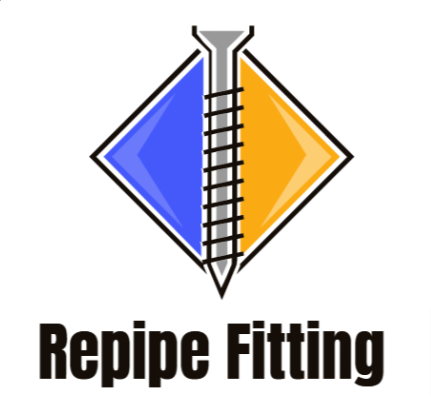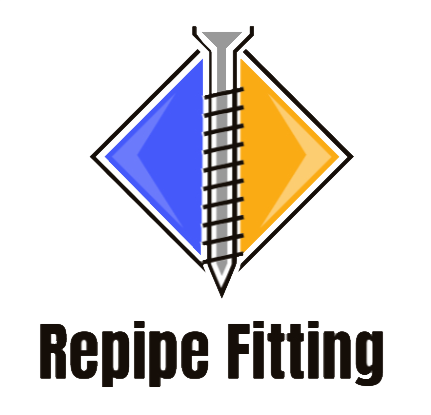Introduction
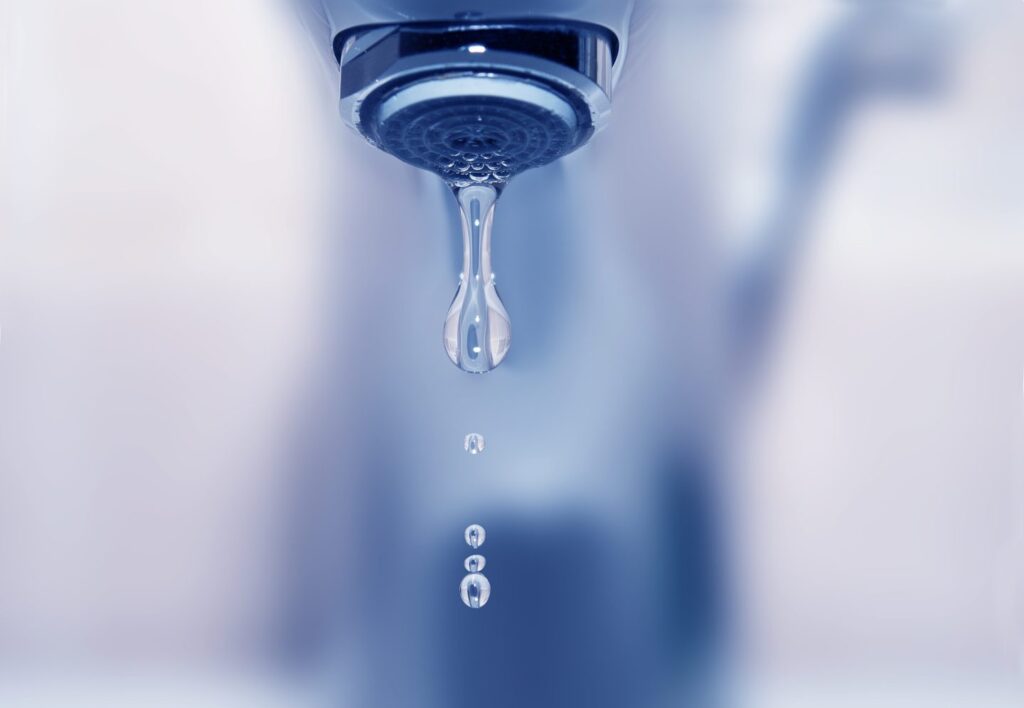
Welcome, dear reader! If you’ve ever turned on a faucet and been disappointed by a weak stream of water, you know how frustrating low water pressure can be. In this guide, we’ll explore the inconveniences and potential concerns related to low water pressure and why it’s crucial to address them promptly.
Brief Overview of the Inconvenience and Potential Concerns Related to Low Water Pressure
Low water pressure can be more than just a minor annoyance; it can signify underlying plumbing issues, such as impaired water lines or pipe leaks, that could lead to more severe problems if left unaddressed. It can affect household appliances, hinder water flow control, and result in water wastage, impacting both your convenience and water conservation efforts.
Importance of Addressing Low Water Pressure Issues Promptly
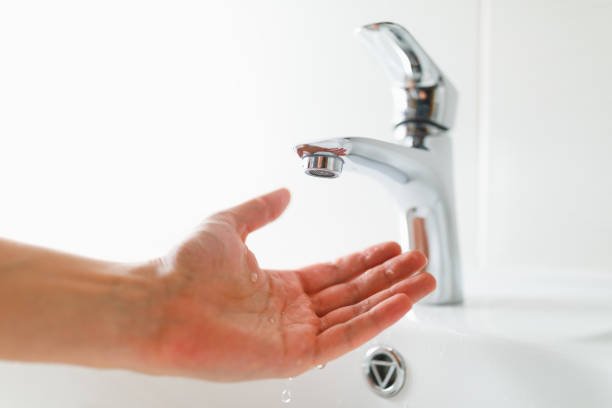
Addressing water pressure problems promptly is crucial to avoid long-term damage to your plumbing system and to maintain a steady water supply. Ignoring such issues can lead to water line damage, increased water demand, and a significant drop in your water pressure, affecting your daily water usage and potentially increasing your water bills.
Identifying Low Water Pressure
Before you can fix the problem, you need to identify it. Here, we’ll discuss the signs and symptoms of low water pressure and guide you through initial inspections and diagnostics to confirm whether you’re dealing with low water pressure.
Signs and Symptoms of Low Water Pressure
Reduced Flow Rate: If the water flow from your faucet spout or other water outlets is weaker than usual, it’s a clear sign of low water pressure.
Inconsistent Water Supply: Experiencing fluctuations in water supply in different parts of your home can indicate water pressure issues.
Struggling Appliances: Household appliances like dishwashers and washing machines may not function efficiently due to inadequate water supply.
Initial Inspections and Diagnostics to Confirm Low Water Pressure
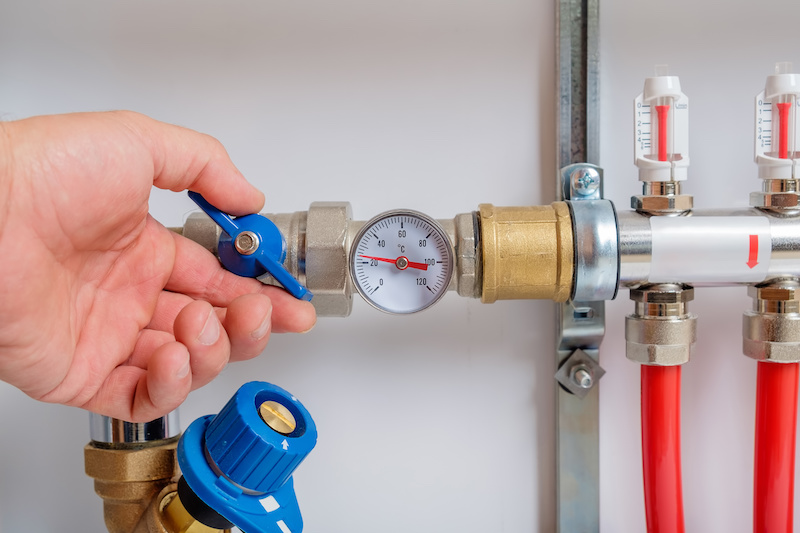
Check Multiple Water Outlets: Test various faucets and water outlets around your home to determine the extent of the water pressure problem.
Inspect Faucet Aerators: A clogged aerator can restrict water flow. Remove the aerator and check if the water flow improves.
Evaluate Water Supply Lines: Inspect the water supply lines for any visible damage or blockages that might be causing the pressure drop.
Consult Your Water Provider: If the issue persists, contact your municipal water supply provider to inquire about any ongoing issues or water pressure adjustments in your area.
Friendly Reminder
Always remember to turn off the water supply before performing any inspections or repairs, and consult a professional if you’re unsure about any steps. Happy plumbing!
Causes of Low Water Pressure
Understanding the causes of low water pressure is crucial in resolving the issue effectively. In this section, we will delve into various factors that can lead to reduced water pressure and discuss potential solutions to address them.
Faulty Fixtures
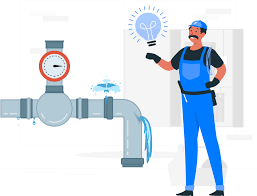
Faulty fixtures can significantly impact your water pressure. Let’s explore how older pipes and debris can affect water pressure and discuss solutions to overcome these issues.
Impact of Older Pipes and Debris on Water Pressure
Older pipes can accumulate sediment and minerals, leading to a clogged aerator, which restricts water flow and reduces water pressure. Debris and sediment buildup in faucet spouts and other water outlets can also impair water lines, causing water pressure problems.
Solutions: Cleaning and Replacing Fixtures
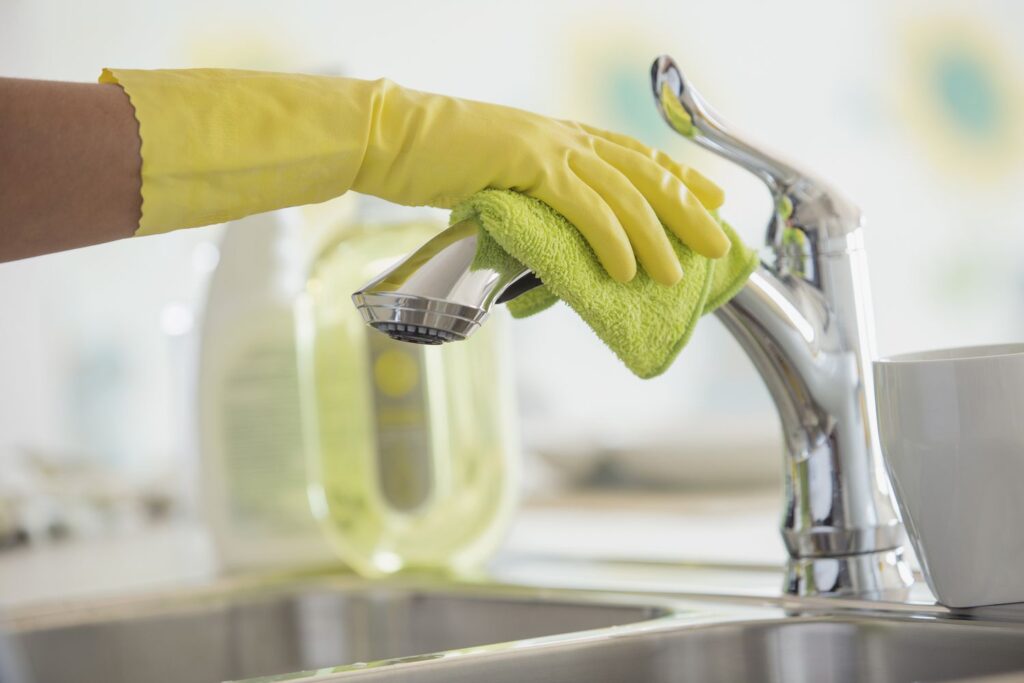
Regularly cleaning fixtures and performing aerator cleaning can prevent sediment and mineral buildup. For persistent issues, consider faucet replacement or consulting a plumbing repair pro. A vinegar soak can be effective for mineral removal in fixtures.
Issues with Pipes
Pipes are the lifelines of your water supply, and any issues with them can lead to significant water pressure problems.
The Role of Corrosion and Rust in Reducing Water Pressure
Corrosion and rust can narrow the diameter of the pipes, restricting water flow and leading to reduced water pressure. This can be exacerbated by minerals or hard water, causing further sediment buildup and water flow restriction.
Solutions: Repiping and Water Softeners
Repiping is a definitive solution for corroded pipes, while installing water softeners can prevent hard water buildup. Regular technical inspection can also help in early identification of pipe damage and necessary corrections.
Closed Shut-Off Valves

Shut-off valves control the flow of water in your plumbing system. If not fully open, they can restrict water supply.
Impact of Partially Closed Valves on Water Supply
A partially closed water shut-off valve can significantly reduce water flow, leading to low water pressure in various water outlets and appliances throughout your home.
Solutions: Checking and Adjusting Shut-Off Valves
Ensure that all shut-off valves, including the main water valve and supply valves, are fully open. Regularly check the valves and adjust them as needed to maintain normal water pressure and avoid water pressure restriction.
Major Leaks
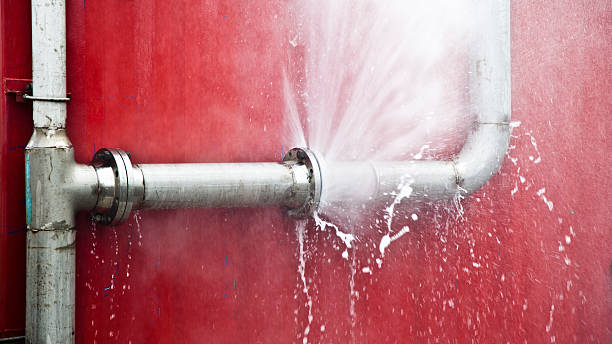
Leaks are silent culprits that can divert water and significantly reduce water pressure.
How Leaks Divert Water and Reduce Pressure
Major pipe leaks can lead to water wastage and reduced water pressure as a significant amount of water is lost before reaching the intended water outlet. This can also lead to high water bills and potential water damage due to leaks.
Solutions: Leak Detection and Repair
Regular inspection for signs of leaks and immediate repair of any identified leaks are crucial. Consulting a plumbing repair pro for leak detection and repair can prevent water line damage and ensure water conservation.
Clogs in the Pipes
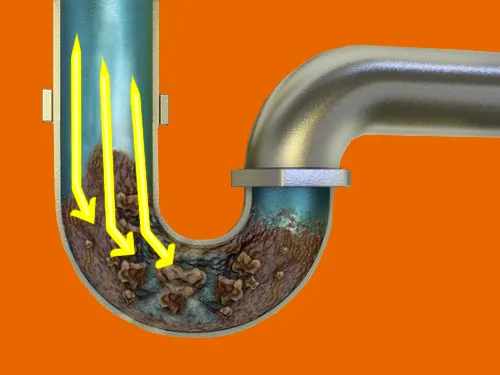
Clogs in the pipes can significantly impact water pressure by reducing the effective diameter of the pipes.
Impact of Rust and Hard Water Buildup on Pipe Diameter
Rust and hard water buildup can lead to clogged pipes, reducing the flow rate and causing water pressure drop. This can affect various household appliances and water outlets.
Solutions: Repiping and Preventive Measures
Repiping and installing water softeners can address the issues caused by rust and hard water buildup. Regular cleaning and preventive measures can also help maintain water flow control and avoid water pressure problems.
Shared Lines
Shared plumbing lines can impact the availability and pressure of water in your home.
Impact of Splitting Plumbing Lines on Water Pressure
When plumbing lines are split or shared, the water demand increases, leading to reduced water pressure as the available water is distributed among multiple outlets.
Solutions: Plumbing Adjustments and Corrections
Plumbing adjustments and corrections can help in optimizing the water supply and maintaining adequate water pressure. Consulting a plumbing professional can provide insights into the necessary adjustments and corrections to avoid water pressure restriction.
Pressure Regulator Problems
A malfunctioning pressure-reducing valve (PRV) can lead to inconsistent and low water pressure.
Symptoms and Implications of Pressure Regulator Failure
Failure of the pressure regulator can cause fluctuations in water pressure, impacting water flow control and leading to potential water supply lines damage.
Solutions: Pressure Regulator Adjustment and Replacement
Adjusting or replacing the faulty pressure regulator can resolve the water pressure problems. Regular inspection and timely intervention can prevent long-term damage to the water supply lines.
Solutions and Fixes
Once you’ve identified the causes of low water pressure, it’s time to explore solutions and fixes. In this section, we will delve into various remedies, from installing water pressure boosters to seeking professional assessment and repairs, to restore your water pressure to normal levels.
Water Pressure Boosters
Water pressure boosters can be a viable solution for homes experiencing low water pressure due to external factors. Let’s understand how they work and what to consider when installing them.
Working Mechanism and Applications of Water Pressure Boosters
Water pressure boosters work by increasing the flow rate of water through your pipes, thereby enhancing the water pressure. They are particularly useful when the normal water pressure is not sufficient to meet the water demand of all the household appliances and water outlets. Installing a water booster can alleviate water pressure problems caused by impaired water lines or water supply restrictions.
Considerations for Installing Pressure Boosters
When considering water booster installation, it’s crucial to assess the water main size and the overall water demand of your home. Ensure that the installation is done by a plumbing repair pro to avoid any technical glitches or water line damage. Regular maintenance of the booster is also essential to prevent malfunctioning and ensure water conservation.
Professional Assessment and Repairs
Sometimes, the solutions to water pressure issues are not straightforward, and professional assessment and repairs become indispensable.
Importance of Consulting with Plumbers for Accurate Diagnosis and Solutions
Consulting with professional plumbers can provide an accurate diagnosis of water pressure problems, be it a blocked or broken cartridge, pipe leaks, or issues with the water shut-off valve. A professional can perform a detailed technical inspection to identify the underlying issues and suggest appropriate solutions, such as faucet replacement or valve adjustments, to restore the water pressure.
Considerations for Plumbing Repairs and Adjustments
When opting for plumbing repairs, consider the extent of water line damage and the required adjustments. Ensure that any replacements, be it a faucet cartridge or water supply hoses, are compatible with your existing plumbing system. Regular maintenance and timely repairs can prevent further damage and ensure a steady water supply.
Section 4: Preventive Measures and Best Practices
Maintaining optimal water pressure is not just about fixing existing problems but also about adopting preventive measures and best practices to avoid future issues. In this section, we will discuss the importance of maintaining plumbing systems and provide recommendations to prevent low water pressure issues.
Importance of Maintaining Plumbing Systems
Maintaining your plumbing systems is crucial to avoid impaired water lines, pipe leaks, and other water pressure problems. Regular technical inspection and timely intervention can prevent sediment buildup, corrosion, and blockages in water supply lines, ensuring a steady flow rate and avoiding water wastage. Proper maintenance also helps in water conservation and prolongs the lifespan of your plumbing components, such as faucet spouts, valves, and water supply hoses.
Recommendations for Preventing Low Water Pressure Issues
Regular Cleaning: Regularly clean faucet aerators and showerheads to prevent clogged aerators and remove mineral deposits.
Timely Repairs: Address any signs of water line damage, joint malfunction, or blocked cartridges promptly to avoid further complications.
Water Softeners: Install water softeners to combat minerals or hard water, preventing sediment and scale buildup in your pipes.
Pressure Regulator Maintenance: Regularly check and adjust the pressure relief valve and replace malfunctioning pressure reducing valves to maintain normal water pressure.
Professional Inspections: Schedule regular inspections with a plumbing repair pro to identify and address potential issues early.
Optimal Valve Adjustment: Ensure all water shut-off valves and supply valves are fully open to avoid water flow restriction.
Conclusion
Addressing and preventing low water pressure is crucial for a comfortable living experience. This guide has provided insights into the causes, solutions, and preventive measures for low water pressure issues, emphasizing the importance of maintaining plumbing systems and adopting best practices.
Recapitulation of the Importance of Addressing Low Water Pressure Issues
Low water pressure can lead to various inconveniences and potential concerns, impacting daily activities and water usage. Addressing such issues promptly and maintaining the plumbing system efficiently can prevent long-term damage and ensure water conservation.
Encouragement to Maintain Optimal Water Pressure for a Comfortable Living Experience
Maintaining optimal water pressure is not just about resolving current issues but also about ensuring a comfortable and hassle-free living experience. Regular maintenance, timely repairs, and adherence to best practices can help in achieving and maintaining the desired water pressure, leading to a happier and more comfortable life. So, let’s be vigilant and proactive in maintaining our plumbing systems for a smoother and more joyful living experience!
FAQs
What are the signs of low water pressure?
Signs of low water pressure include a reduced flow rate from faucets, inconsistent water supply in different parts of the home, and struggling household appliances like dishwashers and washing machines due to inadequate water supply.
How can I confirm if my house has low water pressure?
To confirm low water pressure, check multiple water outlets around your home for reduced flow, inspect faucet aerators for clogs, evaluate water supply lines for visible damage or blockages, and consult your municipal water provider for any ongoing issues or pressure adjustments in your area.
What could be the causes of low water pressure?
Causes of low water pressure can be faulty fixtures, older pipes with sediment and mineral buildup, corrosion and rust in pipes, partially closed shut-off valves, major pipe leaks, clogs due to rust and hard water buildup, shared plumbing lines, or a malfunctioning pressure regulator.
What are the recommended solutions for addressing low water pressure?
Solutions include cleaning or replacing fixtures, repiping, installing water softeners, adjusting shut-off valves, detecting and repairing leaks, plumbing adjustments, replacing faulty pressure regulators, installing water pressure boosters, and consulting with professional plumbers for accurate diagnosis and repairs.
